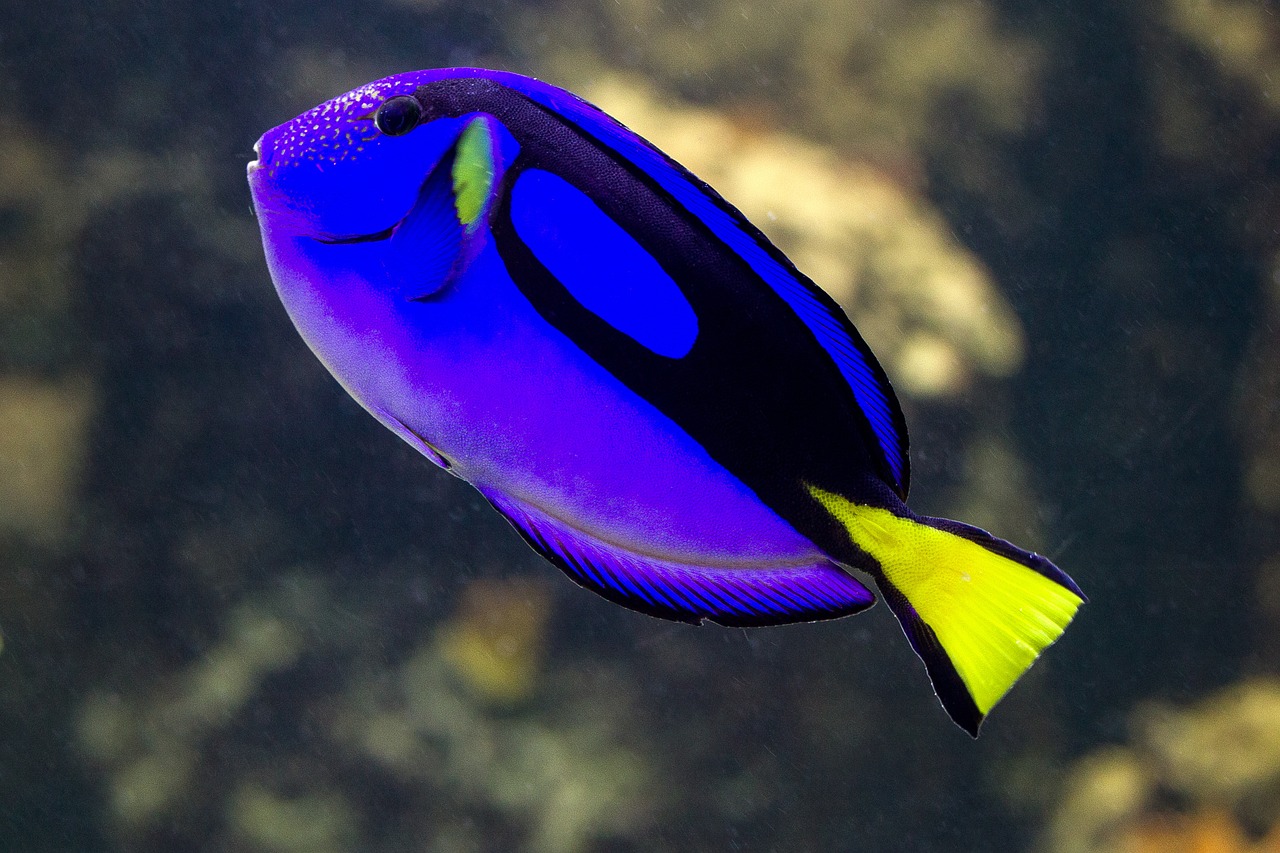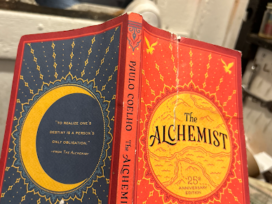
Review: Finding Dory Treads Water
I can still vividly remember watching the original Finding Nemo on opening day 13 years ago. The film was amazingly animated, had a well-written story, and an amazing cast of characters. To this day, it remains one of my favorite movies by Pixar. That being said, I was a bit perplexed when it was revealed that a sequel titled Finding Dory was in the works. The original film was a self-contained story that didn’t need a sequel. Plus, having the sequel focus on the comic relief side-character of Dory came across as unoriginal. Despite my concerns, I still decided to see the film, and while I didn’t think the film was bad, I found it to be rather disjointed and one of Pixar’s weaker films.
The film takes place a year after the events of Finding Nemo, Dory (voiced by Ellen DeGeneres) starts to have visions of her parents. Of course, since she suffers from short-term memory loss, she quickly forgets. Dory, with the help of Marlin (voiced by Albert Brooks) and Nemo (voiced by Hayden Rolence), embark on an adventure to find Dory’s parents. One thing leads to another, and they eventually end up at a marine life institute where the bulk of the film takes place.
One of biggest problems with Finding Dory is its plot and structure. The first 20 or so minutes are legitimately terrible as it awkwardly tries to throw in callbacks to the first film. Once the characters finally arrive at the marine life institute, the film starts to pick up steam. However, even the marine life institute becomes problematic after a while. The original Finding Nemo was set in the entire ocean. Not only did this give the film a sense of scale, but it also gave it a sense of danger. The marine institute, on the other hand, lacks both of theses two qualities as it feels small and lacks any sense of danger. Without a doubt, the biggest problem with Finding Dory is that it fails to make you care whether or not Dory finds her parents. Unlike in Finding Nemo, where it gives the audience a compelling reason to care that Marlin was able to rescue Nemo since he loses his wife and all of his other kids in the first five minutes of the film. Finding Dory can’t come up with a compelling reason other than the fact that Dory can’t remember them due to her short-term memory loss.
While it might sound like I hate this film, the truth is that I just find it to be frustratingly inferior to the first film. In fact, there are a number of things I enjoy about the film. Like the the animation for example. It’s amazing to see the progress that has been made in animation ever since the original was released back in 2003. This being a Pixar film, every frame of animation is packed with detail and is amazing to look at. Everything from the different species of fish to the amazing water effects, the animation in Finding Dory is some of the best in an animated film. While it might not be as visually creative as Pixar’s Inside Out from last year, it’s still a great looking film.
However, my favorite part about Finding Dory and what keeps it from being a below average family film, is the amazing cast of original characters. Some of these characters include Destiny (voiced by Kaitlin Olson), a whale shark who thinks she is a whale who has vision problems, Bailey (voiced by Ty Burrell), a beluga whale who can’t use echolocation because of a recent concussion, and Hank (voiced by Ed O’Neill), an octopus who is missing a tentacle and plays a central role in the film. The new characters introduced in this film are some of the funniest and most well realized in any Pixar film. The new characters are so great that it makes me wish that the film didn’t constantly try to throw in characters from the first film. The movie works best when it’s not trying to remind you of the the first film.
Finding Dory is by no means a bad movie. When compared to most modern family films, it’s perfectly serviceable. However, as sequel to the original film and other movies made by Pixar, it falls short of becoming a classic.






